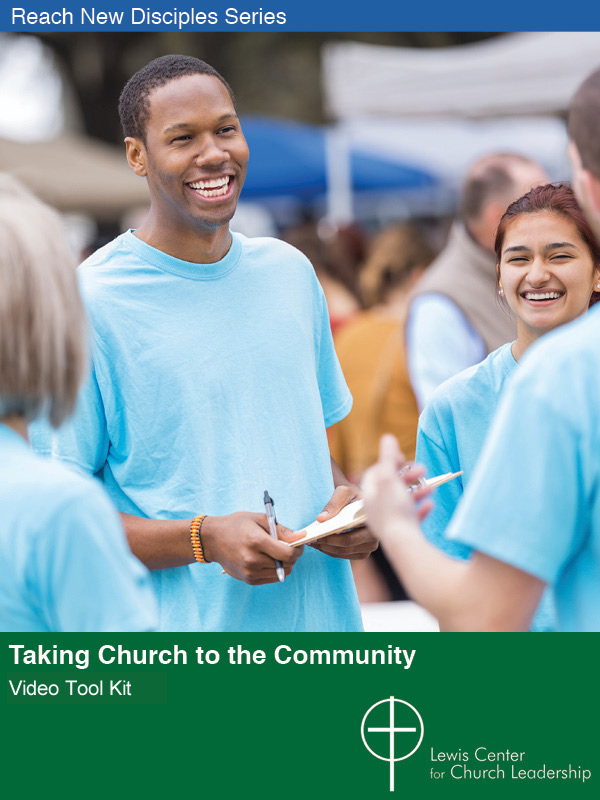Ann Michel of the Lewis Center Staff outlines four ways a church can lay a solid foundation for a church-school partnership before jumping in headfirst. Listening, learning, establishing trust, and building solid relationships are key first steps.
Many congregations find that reaching out to their local schools is an important way to serve children and their families and strengthen ties with the broader community. In fact, the idea has become so popular that some churches jump into this work without first laying the proper foundation. The following steps will help your congregation get off on the right foot when initiating a church-school partnership.
1. Set aside any agenda or preset ideas.
Some congregations get excited about a particular approach to engaging their local school, such as tutoring or providing weekend meals, without first determining whether that type of help is wanted or needed. It’s important to begin with an open mind, setting aside any agenda or preset ideas about what is needed.
2. Listen and learn.
Before launching a partnership, invest time learning about the schools in your area and the needs of students. Look online for basic demographic information and performance statistics. Make an appointment for a group from your church to visit your local school to observe what’s happening. Hold conversations with teachers, social workers, guidance counselors, athletic directors, and the school nurse to get a sense of the most pressing needs within the school and among students and their families. Ask simply, “How can we help?” And be willing to listen.
This type of exploration can guide you toward the most helpful type of engagement, educate your congregation about the reality on the ground, and build momentum and support for getting involved.
3. Don’t reinvent the wheel.
If programs to support school needs already exist in your community, school district, or interfaith networks, explore whether it’s possible to partner with another group or work through an existing channel. This increases the efficacy of your work and demonstrates that you are not in it for yourself. If you decide to go it on your own, start small. You might begin by focusing on just one classroom, grade, or subject area, rather than a whole school.
4. Build relationships and trust.
Relationships are the backbone of any successful mission partnership. So, it’s important to get to know the principal, head of school, or chief administrator and stay in regular communication. Showing up at school activities and events — such as games, performances and fundraisers — demonstrates your interest and support. And it is a way to get acquainted with students and their families. Plugging into the network of room parents or attending PTA meetings is another way to stay abreast of school needs and issues, demonstrate concern, and build relationships with parents and teachers.
Ultimately, trust comes if your church follows through on its commitments and shows a willingness to stay engaged over the long haul. Neither school nor church is well served if you launch an overly ambitious plan but cannot deliver.
By engaging local schools in meaningful and impactful ways, churches can build bridges of hope within their community that can lead to stronger schools and stronger churches. But this outcome is more likely, if you take the necessary steps to get a church-school partnership off to a strong start.
Related Resources:
- 50 Ways to Engage Local Schools, a free resource from the Lewis Center
- Expanding a School Partnership through Community Dinners by Connie Cole Jeske
- Engaging Local Schools Video Tool Kit







